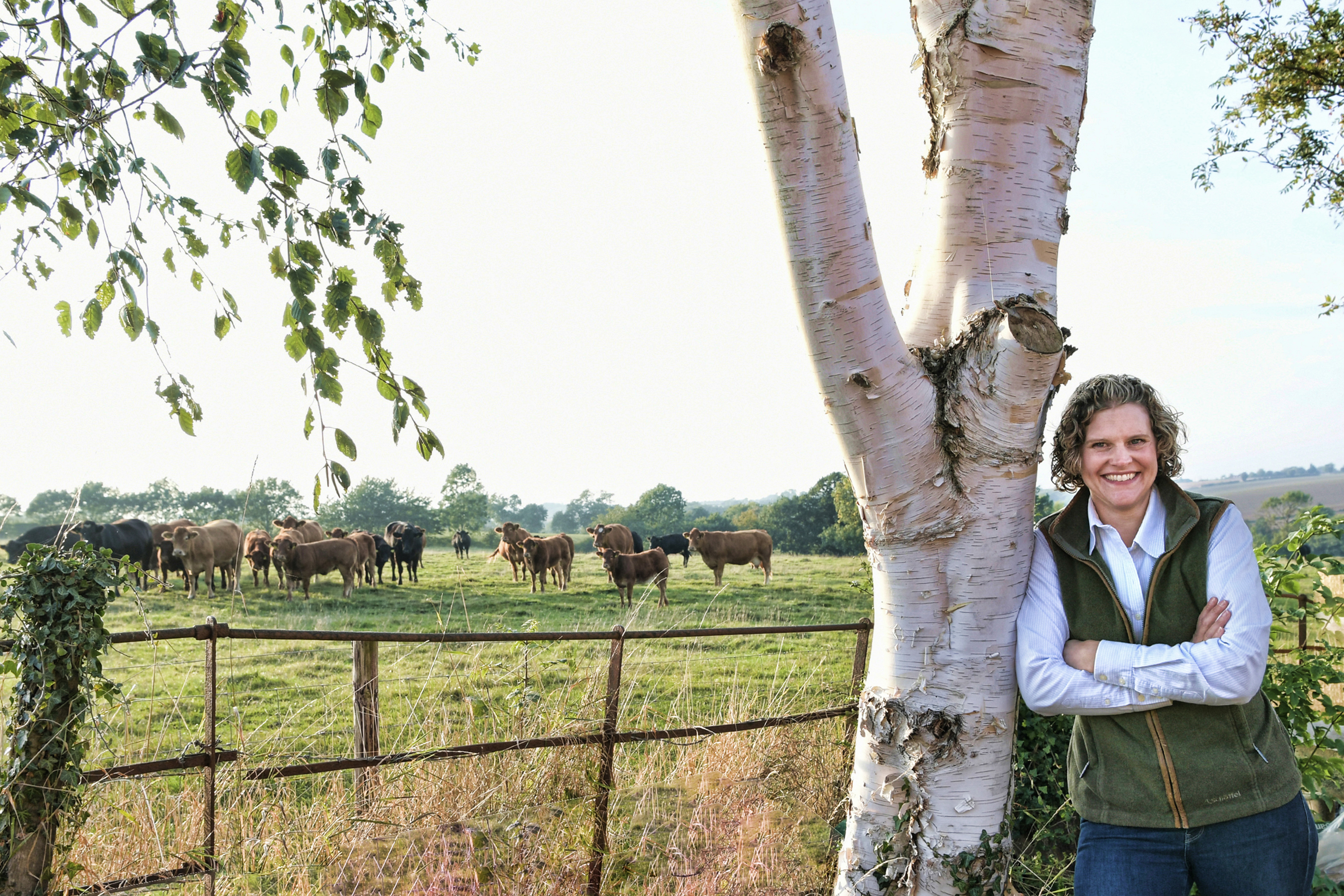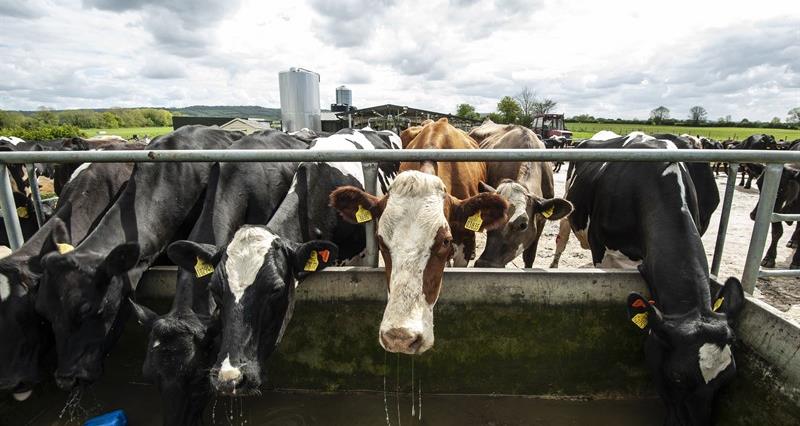As a mixed farm focused on sustainability, the farmyard manure from my suckler and finishing herd is an invaluable resource to our arable business, and vice versa.
After all, and evident to those who mastered it centuries before us, livestock and arable farming are intrinsically linked. The production of one greatly relies on the productivity of the other.
Enriching and improving our soils with farmyard manure is even more paramount here in Rutland. The Grade 3 soils are at the boundaries of what we can achieve from growing crops. If these soils aren’t in optimal condition, the land will only be able to sustain permanent grasslands, much like 65% of UK farmland.
The addition of straw to our farmyard manure brings even greater benefits to our arable soils. It binds the nitrogen which reduces leaching. It feeds the soil microbes which brings resilience – offering that buffer to deal with ever-increasing extreme weather. This is all fundamental to support strong and reliable crop growth.
Finding the balance – using science and data
The science and data behind how best to use farmyard manure is, to say the least, overwhelming. However, AHDB’s RB029 is a long standing go-to resource for farmers to understand what their options are. AHDB also provides the evidence and recommendations for best use of direct drilling and rotational ploughing – all to make the most of soils.
Finding the balance between nutrient inputs and both economic and environmental outputs is tricky, and heavily dependent and unique to the soil conditions of every field, let alone every farm in the UK.
Farming Rules for Water – Rule 1
Timing plays a huge part in getting that balance right, with our farm benefiting greatly from autumn spreading prior to planting winter crops. However, the new interpretation of regulations has caused this to change.
Late last year, it was announced by Defra and the EA (Environment Agency) that autumn application was no longer permissible, unless the crops have a winter nitrogen requirement, such as grass and oilseed rape. Many farmers, including myself have been left wondering what that means practically, and how it might impact us financially.
My recent appointment as the chair of AHDB Cereals & Oilseeds has allowed me to see the full scale of AHDB work. Its scientists and technical experts have been working with Defra and the EA to find solutions for farmers. The work supports an independent, risk-based approach, which is accompanied by a realistic transition period to provide farmers and growers with certainty and time to implement changes required.
More from our nutrient cycling series





